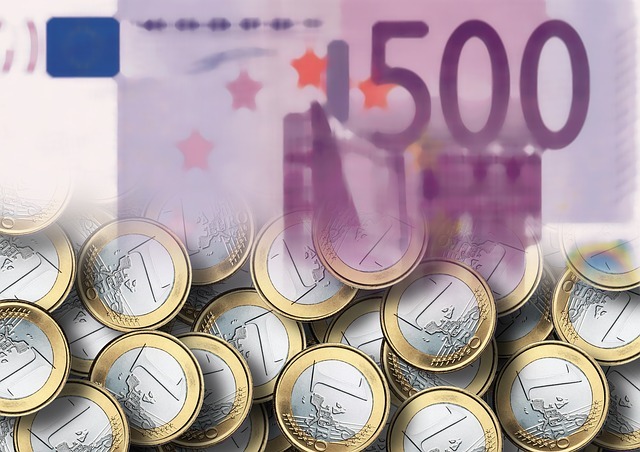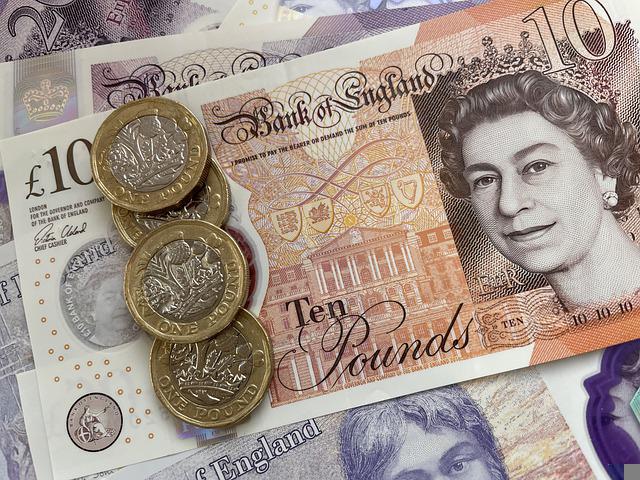In this article, we have covered the highlights of global market news about the AUD/USD, EUR/JPY, USD/MXN and GBP/USD.
AUD/USD bounced about 0.6877 but lost ground this past week.
After reaching a daily high of 0.6884, the Australian dollar (AUD) concluded the week on the back foot. It declined on a risk-off impulse as Wall Street completed the day with losses ranging from 0.26% to 0.58%, with the Dow Jones being the exception, closing 0.39% higher than it had started. The AUD/USD currency pair is now trading at 0.6877.
As investors upped their wagers that the US Federal Reserve (Fed) would tighten policy more than anticipated, global markets ended negatively. The Consumer Price Index (CPI) and Producer Price Index (PPI) inflation numbers for January in the United States (US) released last week were lower than the statistics for December but higher than forecasts. In actuality, the PPI monthly reading exceeded expectations and the reading from the previous month, which was the week’s high point and supported Fed members’ hawkish rhetoric.
The presidents of the Cleveland and St. Louis Federal Reserves, Loretta Mester and James Bullard, said on Thursday that there is strong support for raising interest rates by 50 basis points at forthcoming meetings.
Fed Governor Michell Bowman reaffirmed that “we haven’t defeated inflation” today and said that the US central bank has not yet stopped tightening monetary conditions. After an event in Rosslyn, Virginia, Richmond Fed President Thomas Barkin told reporters that raising interest rates “will be necessary” to bring inflation back to the Fed’s target level of 2%. We’ll have to wait and see how many of them there are, but what you see is progress, although sluggish progress; you don’t see triumph.
EUR/JPY Price Analysis: Calm in 143.40s, as bulls get ready to attack 145.00
As we approach the weekend, the EUR/JPY is comfortably above Thursday’s high after reaching a new weekly high of 143.67. But, it has already given up some of those gains. As a result, the EUR/JPY trades at 143.40 after falling as low as 142.91.

The 200-day Exponential Moving Average (EMA) of the EUR/JPY was at 140.32 at the start of the week before it surged rapidly to a high of 142.38 on Tuesday. At that time, the EUR/JPY has been stable between 142.35 and 143.65 without breaking either side of the range.
The EUR/JPY broke through the range’s top on Friday, but buyers could not hold onto their gains, which led to a regression in the price of the pair. As a result, the neutral to the upward tendency of EUR/JPY is still present.
The following supply area will be 144.00 if the EUR/JPY breaches the range’s peak. The EUR/JPY may rise after breaking and challenging a five-month-old downslope resistance trendline that passes close to 144.50/60. Bulls in the EUR/JPY might be propelled into the crucial 145.00 level.
USD/MXN Price Analysis: Drops to 4-year lows at 18.4000
At 18.4485, a level last seen in October 2018, the USD/MXN struck a nearly 4-year-and-a-half-month low, extending its losses by 0.89% for the week. The USD/MXN exchange rate at the time of writing is 18.4161.
The Mexican Peso (MXN), which depreciated against the dollar daily this week, has proven resilient (USD). While the USD/MXN session on Tuesday ended in the green, prices resisted breaking through strong resistance at the 20-day Exponential Moving Average (EMA), which was 18.7999 on that day. Even though the USD/MXN finished higher by 0.31%, looking at price activity, the enormous wick sitting on top of Tuesday’s candle’s body predicted what was to come for the remainder of the week.
As a result, the USD/MXN fell for two straight days. Now that it has broken the $18.50 level, it is moving toward the psychological level of 18.00.
Following support for the USD/MXN would be the daily low of 18.4047 on August 7, 2018. The psychological $18.00 barrier will be the next support if the latter is breached. If cleared, the USD/MXN would decline to its swing low of 17.9388 from April 17, 2018, which would then be up for grabs.
GBP/USD recovers 1.2000 as GBP braces for weekly losses.
As a result of general US Dollar (USD) weakness, the GBP/USD is returning after plummeting to new February lows at 1.1914 in the middle of the North American session. Nonetheless, it continues to trade below the crucial 200-day Exponential Moving Average (EMA) at 1.2132, maintaining the downward trend. At the time of writing, the GBP/USD is trading 0.30% higher than its starting price, over the 1.2020 mark.

GBP/USD is under pressure due to the anticipated Fed’s more aggressive course than the BoE. The GBP/USD was under pressure due to data coming from both sides of the Atlantic until it eventually fell below the 200-day EMA. Speculation that the Bank of England (BoE) might not raise rates as quickly as anticipated was fueled by UK inflation data released on Tuesday. The possibility of future tightening by the US Federal Reserve increased due to that, and the US Consumer Price Index (CPI) for January is weaker than anticipated but still above predictions by bank experts (Fed).
The Producer Price Index (PPI) for January was the last component that drove US Treasury bond rates and the US Dollar (USD), with data exceeding monthly expectations. Two Federal Reserve (Fed) officials expressed hawkish opinions in response, stating that rates needed to be raised for a more extended period and would eventually rise past the 5.0% mark.
Please click here for the Market News Updates from 16 February, 2023.

